News
Read our past newsletters

Water, drought and flooding: A half-century at the environmental forefront

A systems-level approach to sustainability helps cities work better for people and the planet
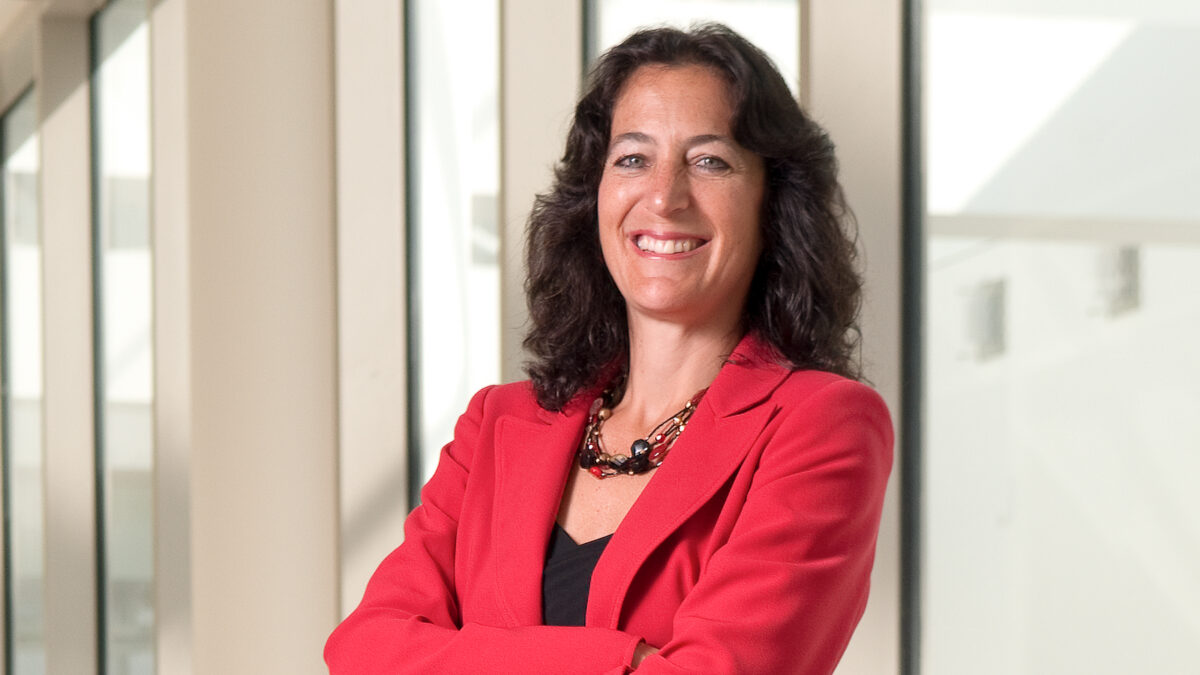
Andrea Goldsmith, entrepreneur and leader in wireless communications, appointed dean of engineering
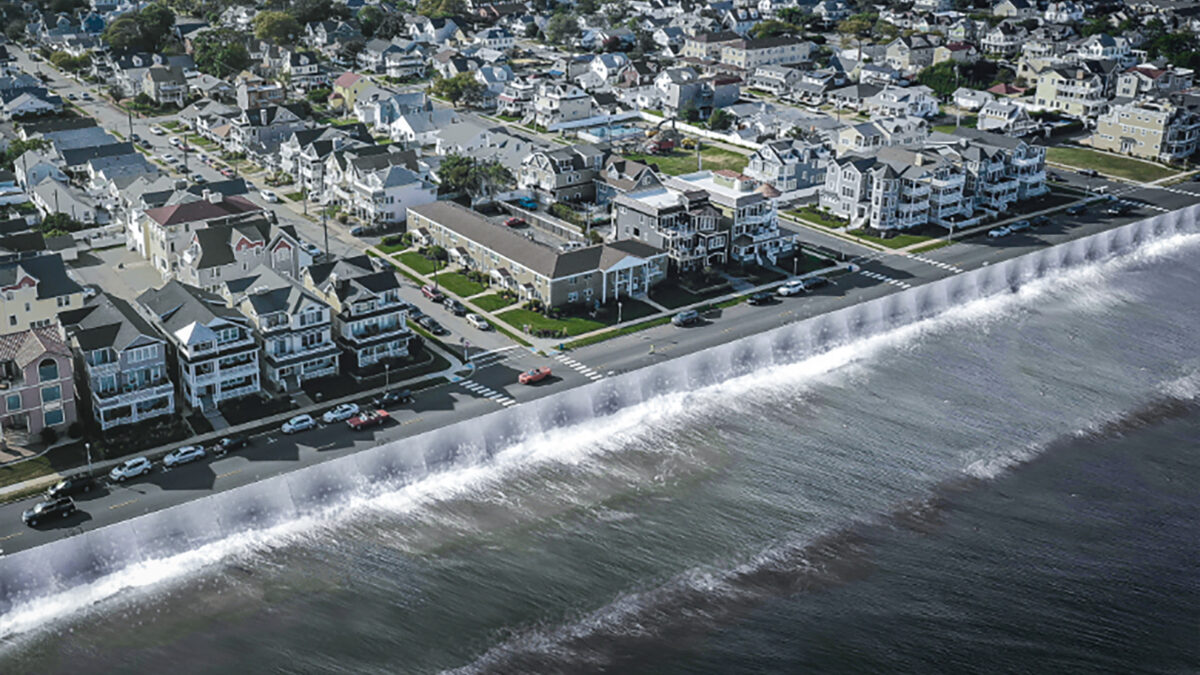
Giant umbrellas shift from convenient canopy to sturdy storm shield
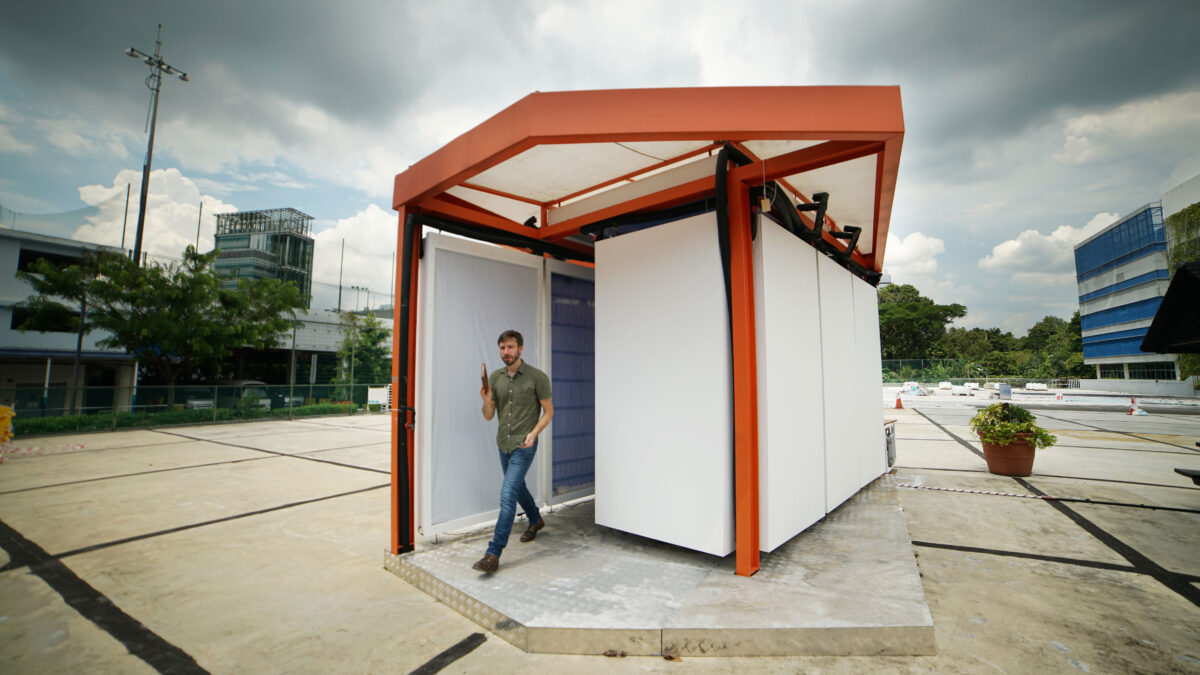
Fix to longstanding flaw in sensor readings could lead to energy-saving building designs
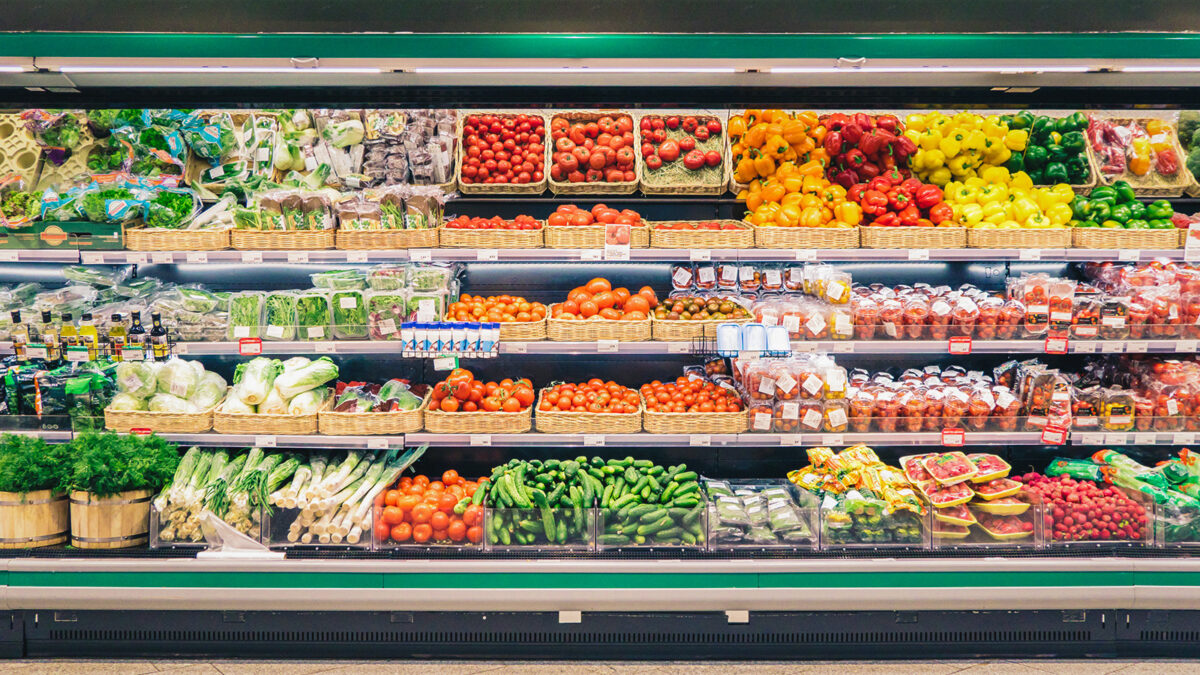
Food systems are fodder for curbing cities' environmental impacts

Method promises advances in 3D printing, manufacturing and biomedical applications
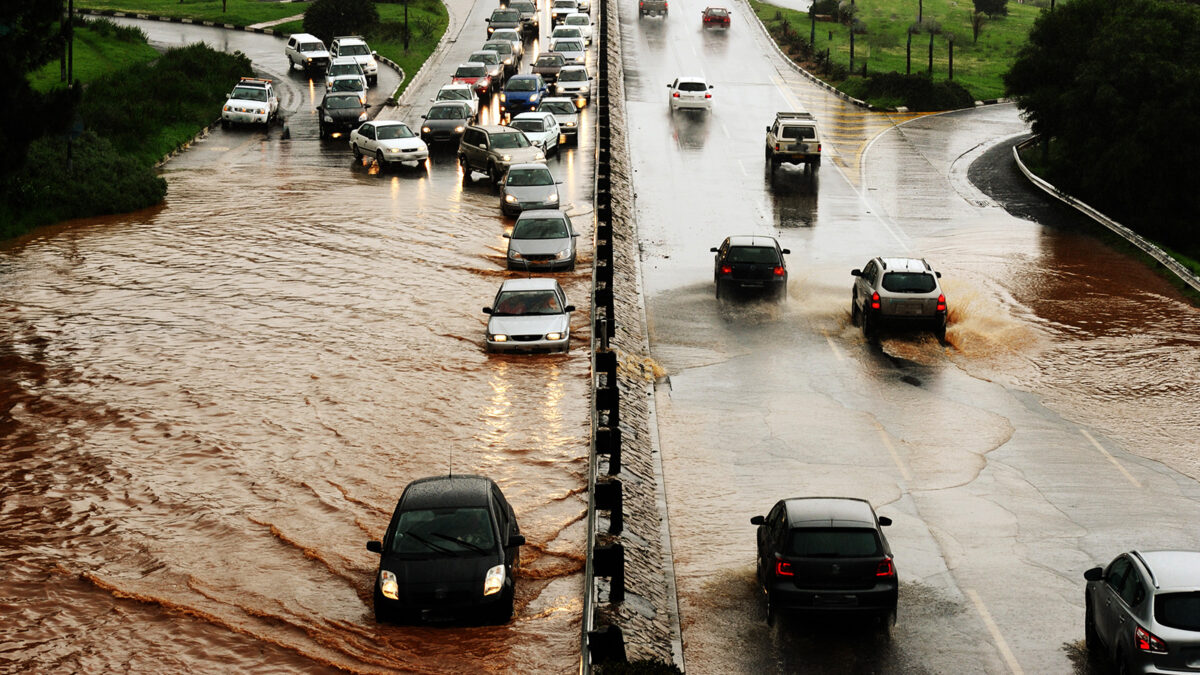
Why are big storms bringing so much more rain? Warming, yes, but also winds
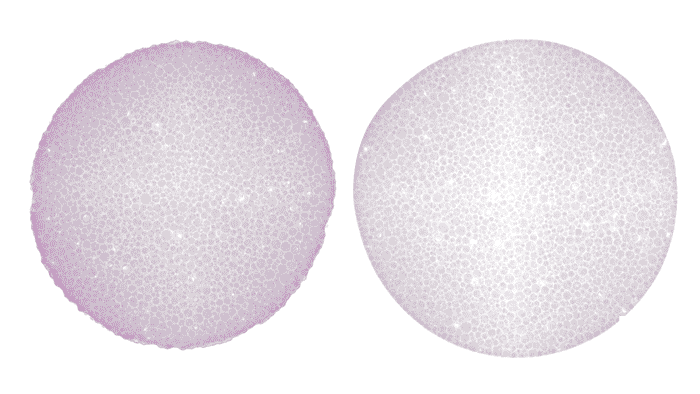
Shrinking grains expand understanding of self-healing materials
